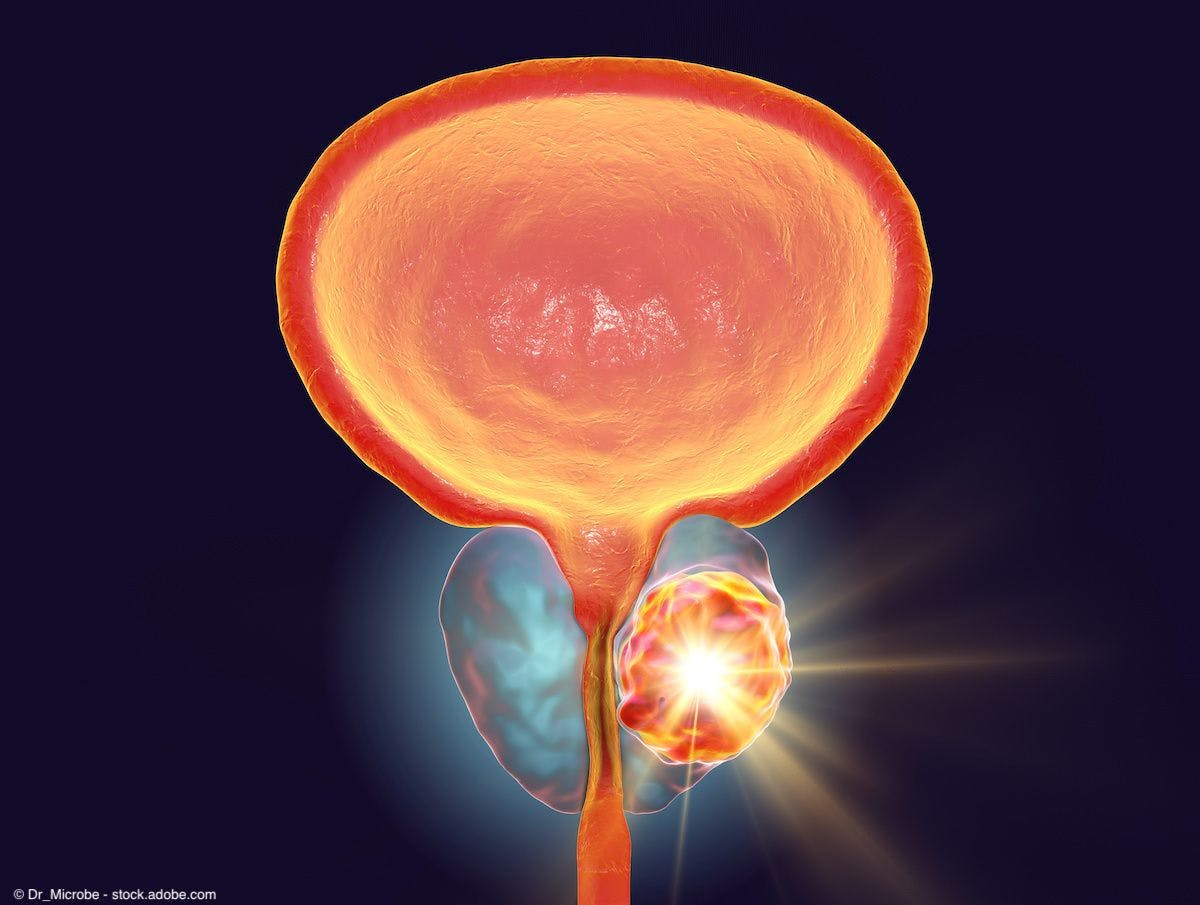News
Article
Urology Times Journal
Microvascular function is lower in Black men after prostate cancer diagnosis
Author(s):
“Given that non-Hispanic Black men were 4 years younger than the non-Hispanic White men, these data suggest that microvascular dysfunction may appear earlier in non-Hispanic Black men following a prostate cancer diagnosis," says Abigayle B. Simon.
Data recently presented at the 2024 American Physiology Summit in Long Beach, California indicate that Black men have lower microvascular function following a diagnosis of prostate cancer compared with White men.1
The average age among Black men was 65 (SD, 7) years vs 69 (SD, 6) years among White men.

“Given that non-Hispanic Black men were 4 years younger than the non-Hispanic White men, these data suggest that microvascular dysfunction may appear earlier in non-Hispanic Black men following a prostate cancer diagnosis, and this may contribute to the accelerated vascular aging and disparity in cardiovascular disease related to cancer diagnosis,” explained presenting author Abigayle B. Simon in correspondence with Urology Times®. Simon is a medical student at Augusta University in Georgia.
Data from the study showed that non-Hispanic Black men exhibited greater microvascular dysfunction compared with non-Hispanic White men regarding cutaneous post occlusive reactive hyperemia (PORH), local thermal heating (LTH), and iontophoresis of acetylcholine. Specifically, Black men demonstrated an average PORH score of 117 (SD, 44) PU compared with an average score of 207 (SD, 47) PU among White men (P < .001). Regarding LTH, the average score among Black men was 180 (SD, 73) PU vs 281 (SD, 65) PU among White men (P = .003). Iontophoresis was also lower among Black patients, who had a mean score of 67 (SD, 28) PU, compared with 136 (SD, 38) among White patients (P < .001).
No differences between Black men and White men were observed regarding flow-mediated dilation (P = .596), pulse wave velocity (P = .695), nor pulse wave analysis (P = .883).
In total, the study included 28 men who had received a new diagnosis of prostate cancer within 3 months of assessment. Of those, 18 patients were Black, and 10 patients were White. The average age among Black men was 65 (SD, 7) years vs 69 (SD, 6) years among White men (P = .131). There were no differences observed in body mass index or clinical laboratory values between Black and White men included in the study (all P > .05).
Conduit-vessel vascular and endothelial function was measured by flow-mediated dilation. Cutaneous PORH with LTH and iontophoresis of acetylcholine were used to assess various mechanisms that regulate microvascular function. PWV was performed to assess central stiffness, and PWA was performed to assess aortic stiffness.
The authors note that vascular endothelial dysfunction often precedes cardiovascular disease (CVD), a leading cause of death in men with prostate cancer, and conduit-vessel dysfunction, micro-vascular dysfunction, and arterial stiffness are all independent predictors of CVD risk.
According to a news release on the findings,2 the investigators hope that these findings lead to new treatments that help eliminate the disparity in prostate cancer outcomes.
Simon concluded in the news release, “Understanding how race impacts the time course of vascular health following diagnosis of prostate cancer will lead to more effective therapeutic strategies to reduce the cardiovascular burden associated with cancer.”
References
1. Simon AB. Racial disparity in microvascular function in men with newly diagnosed prostate cancer. Presented at: 2024 American Physiology Summit. April 4-7, 2024. Long Beach, California. Abstract 246
2. Black men have greater microvascular dysfunction than White men after prostate cancer diagnosis. News release. American Physiological Society (APS). April 5, 2024. https://www.newswise.com/articles/view/808685/?sc=mwhr&xy=10016681






























